I love the story behind Begijnhofs, or 'Cities of Peace' run by women. Just like the Belfries, Begijnhofs or Béguinages across Belgium are designated UNESCO sites. Apart from buildings, masterpieces, and landscapes, much of what draws me to Europe is its history, ideas and stories. Such as that of the Begijnhofs. (Of course, the swans and ducks are another draw!)
Flemish Béguinages
The Béguines were women who dedicated their lives to God without retiring from the world. In the 13th century they founded the béguinages , enclosed communities designed to meet their spiritual and material needs. The Flemish béguinages are architectural ensembles composed of houses, churches, ancillary buildings and green spaces, with a layout of either urban or rural origin and built in styles specific to the Flemish cultural region. They are a fascinating reminder of the tradition of the Béguines that developed in north-western Europe in the Middle Ages.Among these mulieres religiosæ, neither nuns nor simple laïty, of northern Europe, the Béguines began to lead an individual or community life devoted to prayer, caring for the sick and manual labour. Established for the most part in urban communities, they occupied houses near the hospitals and leper hospitals. Unmarried or widowed, they took no vows and were free to come and go in society and to withdraw from the community at will.The Béguinage was supervised by a Béguine, commonly known as the Grande Dame, who was elected for a limited term and was in many béguinages assisted by a council. Whereas the life of the béguinages was characterized by simplicity and humility, this by no means ruled out personal possessions: wealthier Béguines built or rented their own houses, others lived in community houses, and the poorest lived in the infirmary. In all cases, each had to provide for her own keep, and many worked in the textile industry.The Béguinages formed miniature towns, enclosed by walls or surrounded by ditches, with gates opening to the 'world' during the day. They were organized according to one of two models: one, the city type, reflecting on a smaller scale the model of a medieval city, with a plot set aside for the cemetery, or the square where the church is built; the other, the courtyard type, with a central area, varying in shape and often consisting of a lawn planted with trees, where the church is located, and around which the houses are aligned. A third or mixed type, the result of certain extensions in the 17th and 18th centuries, combines both layouts. Credit
The Brugge Begijnhof has a canal that runs around it, and green parks where swans and ducks call home.
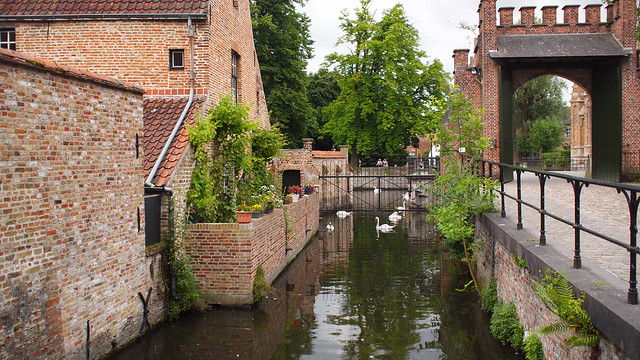
Sincerely welcome. We kindly ask you to help us preserving the peaceful character of this close by keeping a worthy and reflected attitude. Thank you.
STILTE - SILENCEPlease do not walk on the grass.
Welcome to the 'Ten Wijngaerde' beguinage
On 2 December 1998 this site was added to the UNESCO World Heritage list, together with 12 other Flemish beguinages. In this way, UNESCO both recognised the site's exceptional universal value and expressed its commitment to ensure its protection and conservation. The Flemish beguinages are a unique testimony to the medieval mystical movement which produced them. Beguines were 'religious women', women or spinsters who wished to live an independent but committed life outside the recognised orders with their vows of fidelity and poverty. They organized themselves in self-supported 'cities of peace', revealing architectural and urban qualities.To this day, the Bruges beguinage, with its central courtyard lined with trees and side streets, retains a religious and social function. The brick architecture, the harmonious environment and the rather closed nature of this beguinage all contribute to the charm for which it is famed worldwide.
We should have something like this in Singapore, or even everywhere in the world! (To be fair, we can also have the male equivalent.) This reminds me of the Dementia Village, De Hogeweyk, in Holland, a concept that will redefine eldercare (the concept of 'social progressiveness' is alluring).

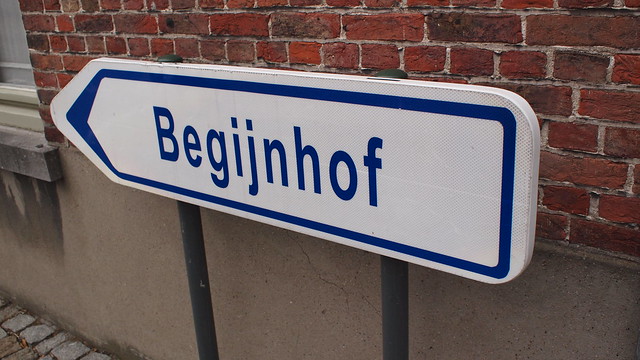
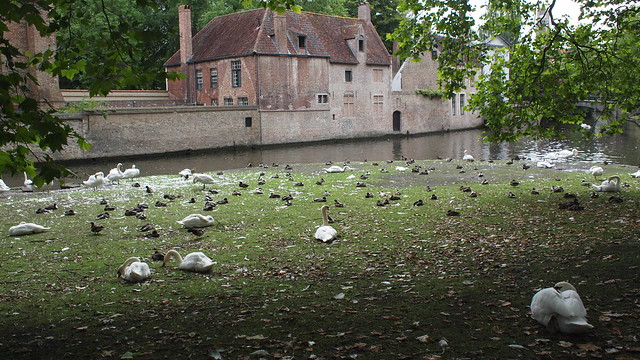

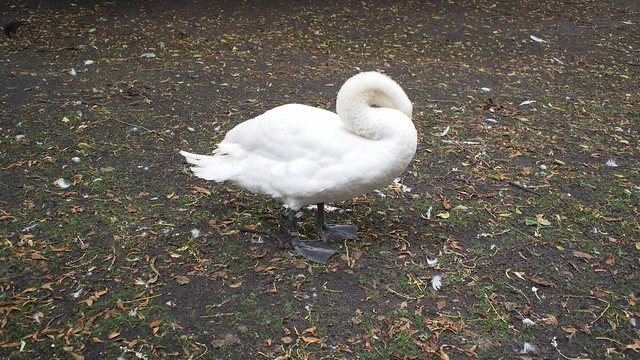
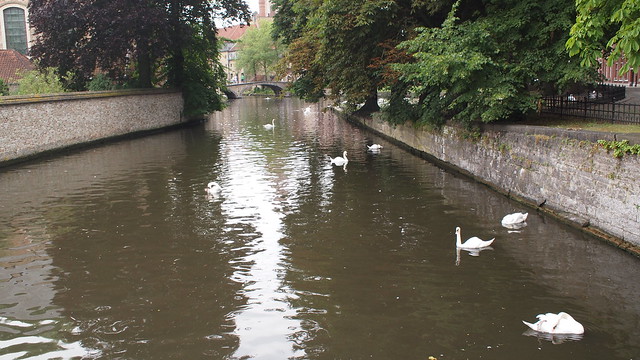
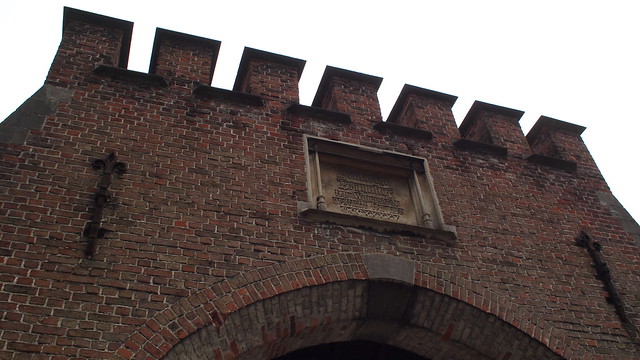
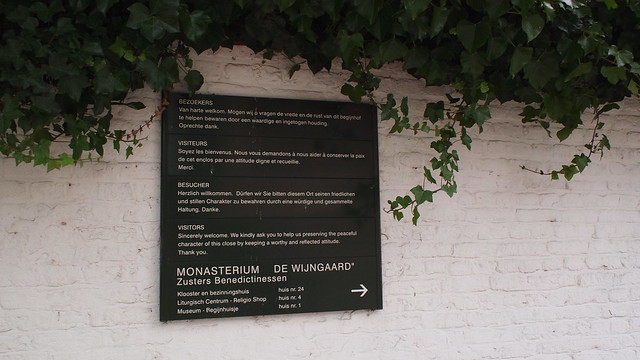
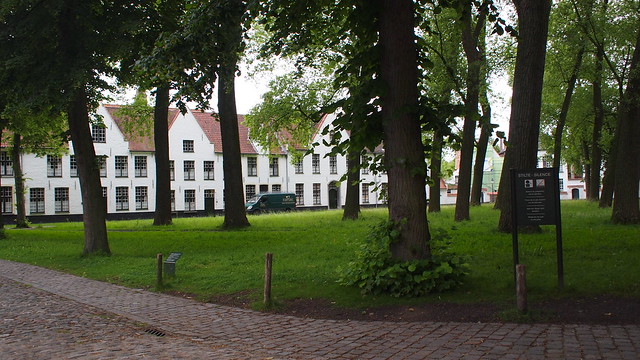

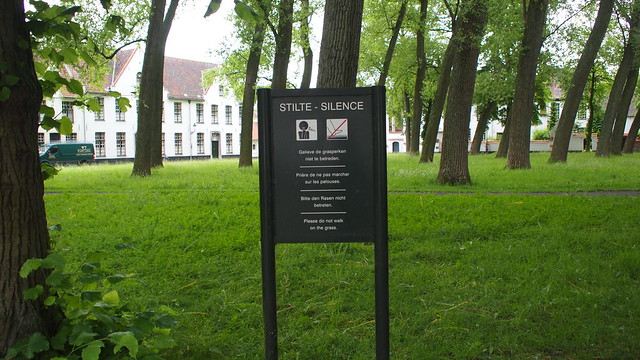
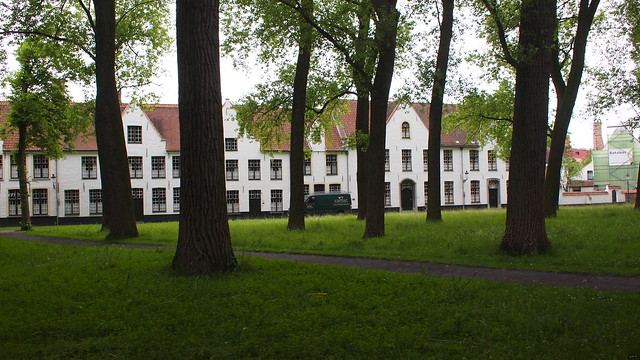
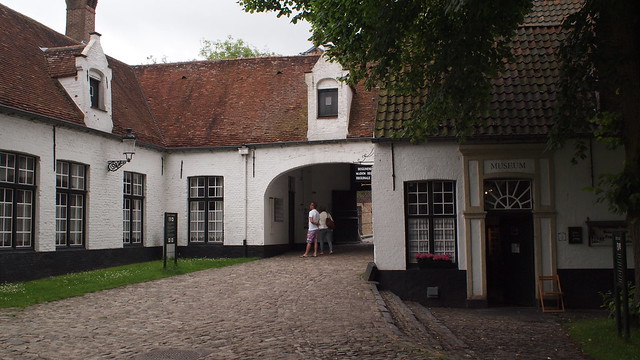
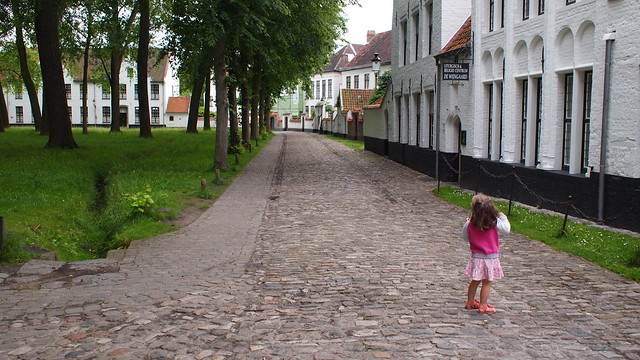
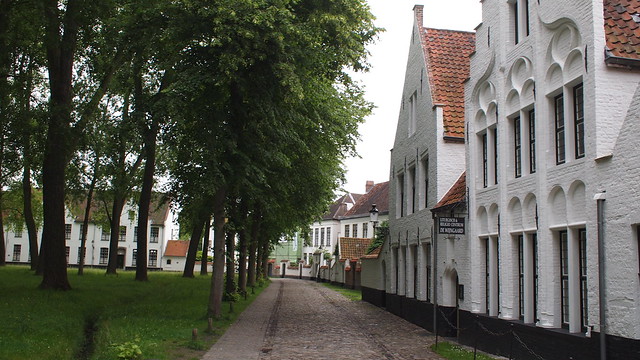

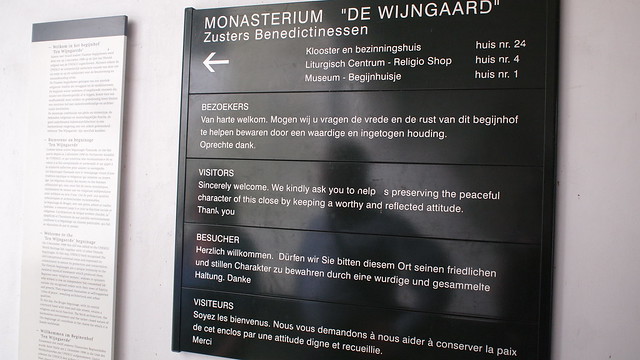
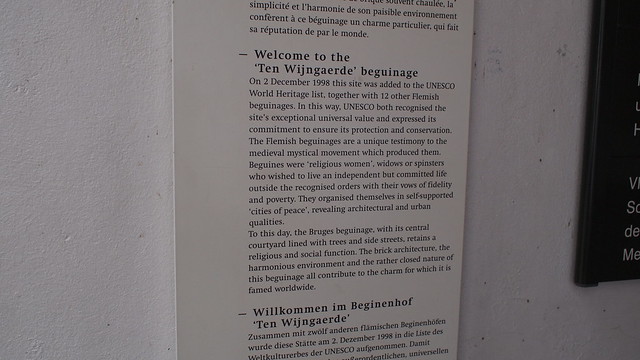
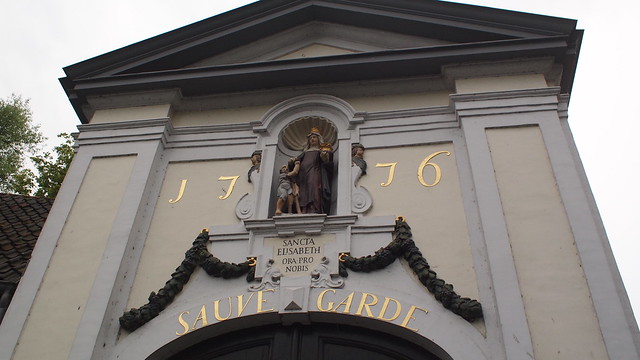
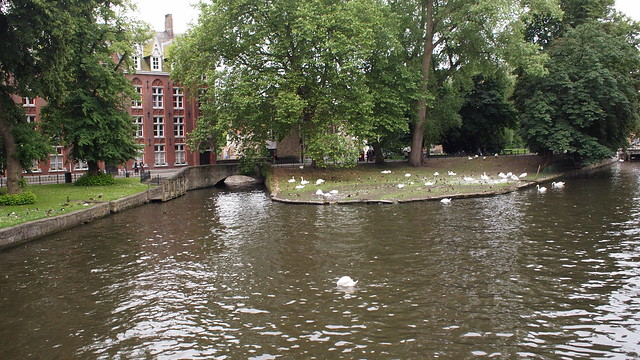
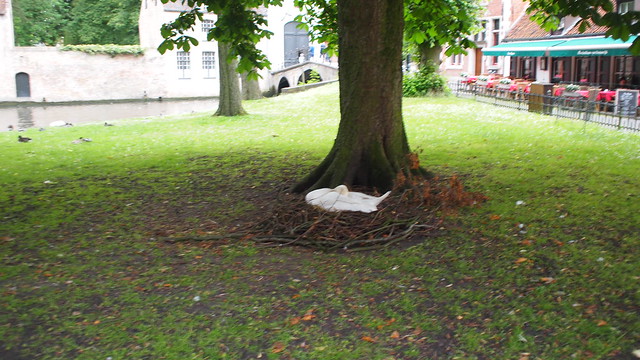
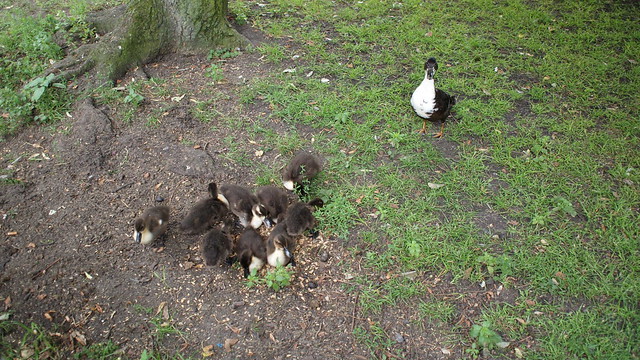
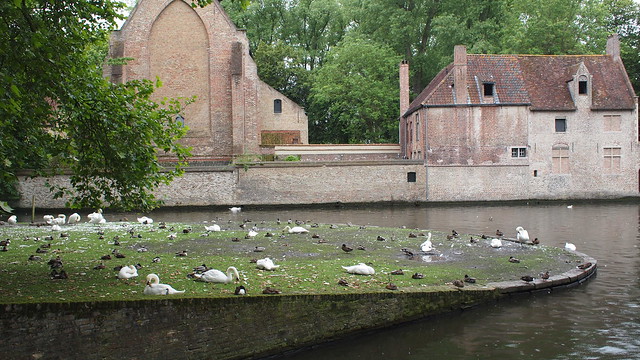




No comments:
Post a Comment